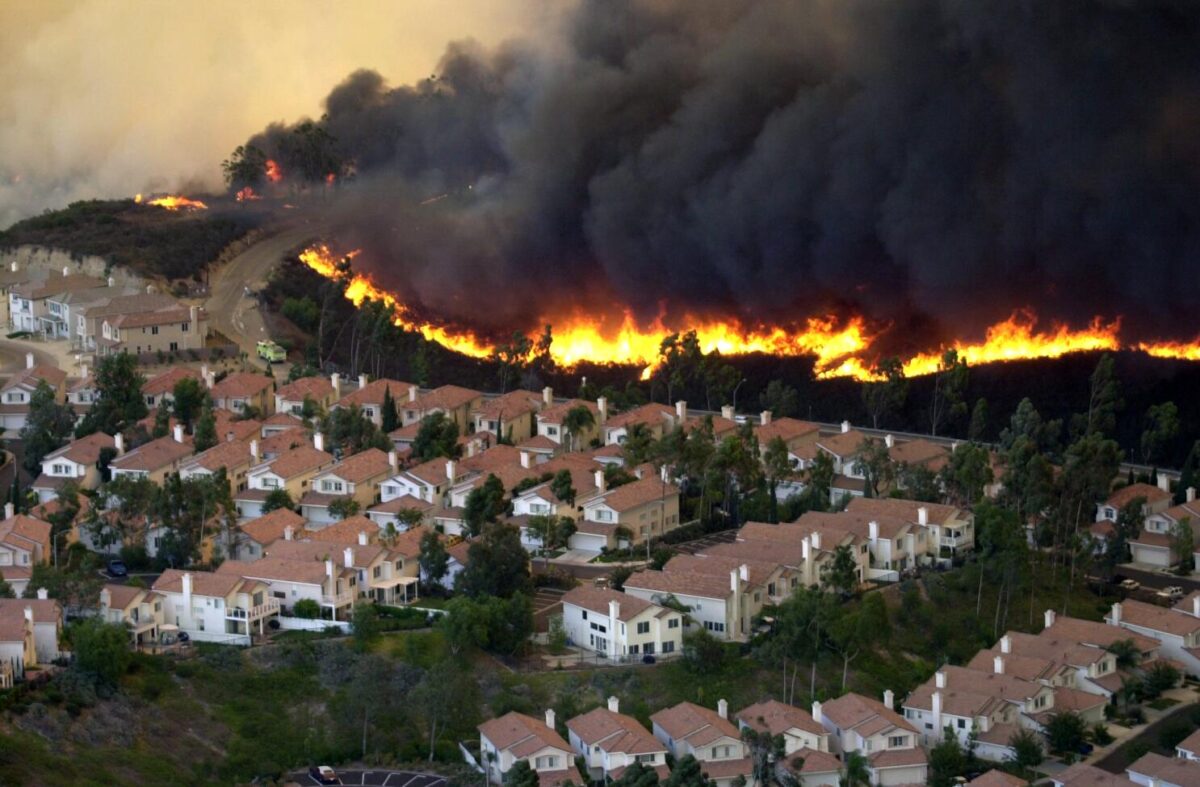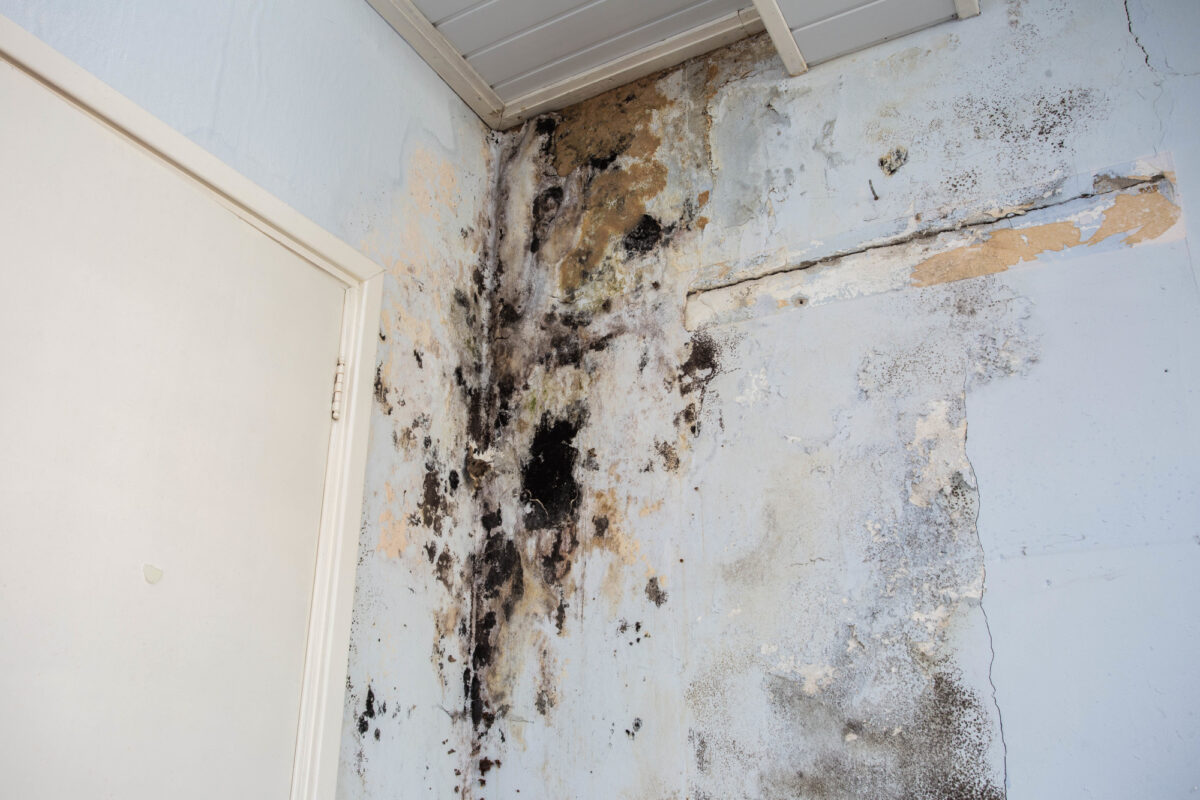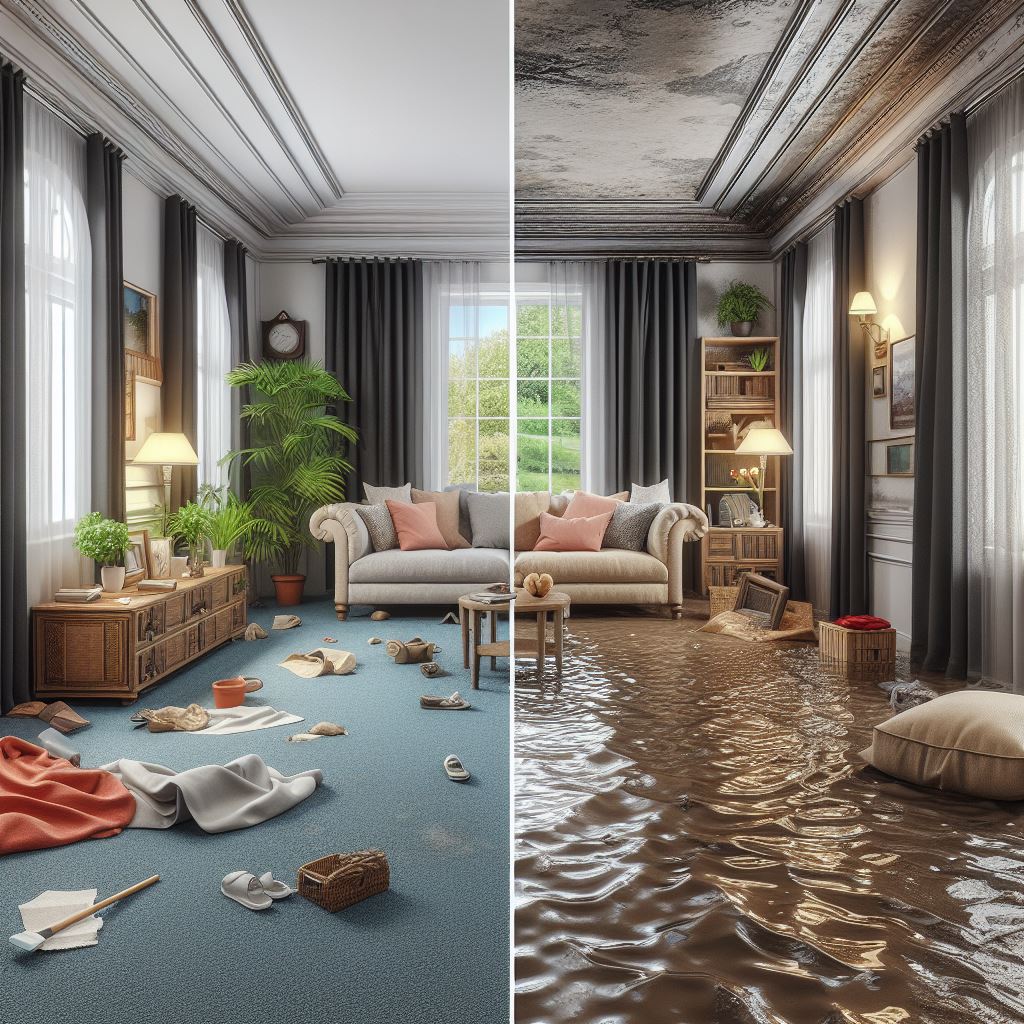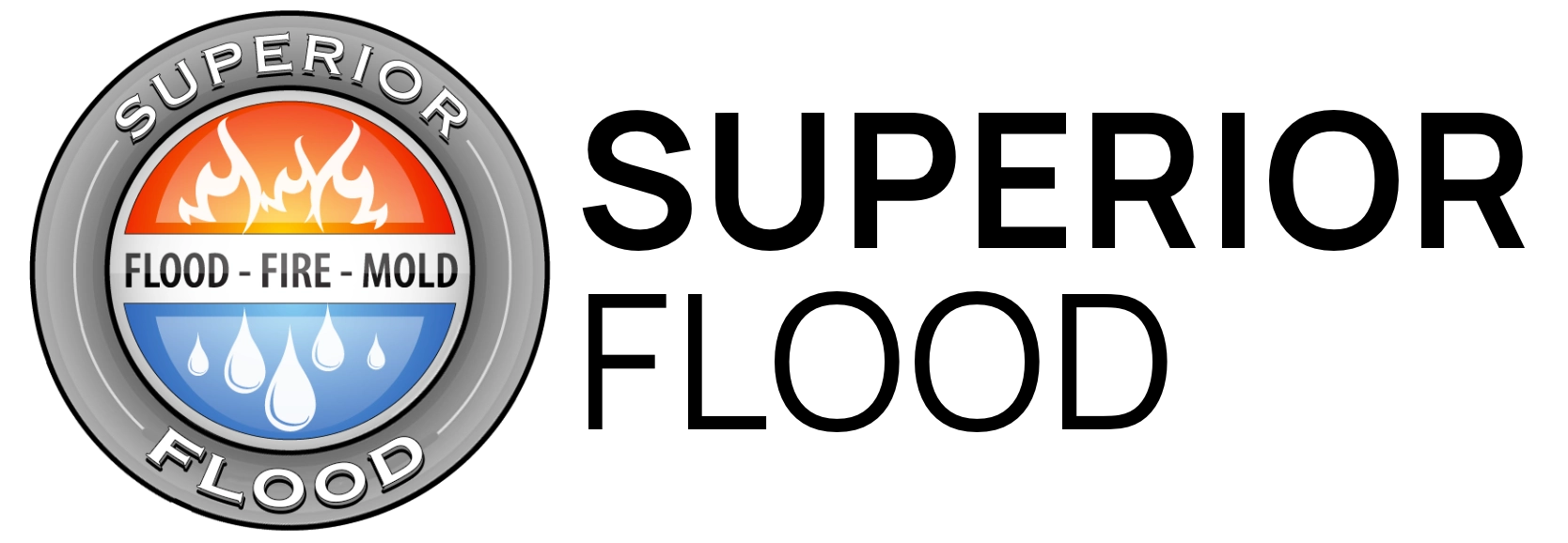-

Dealing With The Aftermath: Wildfire Cleanup
Read More: Dealing With The Aftermath: Wildfire CleanupWildfires are devastating natural disasters that leave more than scorched earth behind. When the flames die down, communities across Orange County are often left grappling with the overwhelming aftermath—ash, smoke damage, hazardous debris, and lingering health risks. For property owners, business operators, and homeowners alike, wildfire cleanup is not just […]
-

Hidden Dangers of Mold Damage
Read More: Hidden Dangers of Mold DamageWhen people think of home damage, they often focus on the obvious culprits—flooding, fire, or visible structural issues. But some of the most harmful threats to your home and health are the ones that remain hidden. Mold damage is a silent invader that thrives in damp, dark environments and can […]
-

Immediate Steps To Take When Facing Water Damage
Read More: Immediate Steps To Take When Facing Water DamageWater damage is one of the most stressful and destructive issues homeowners and property managers in San Diego County can face. Whether it’s from a burst pipe, a leaking roof, or an unexpected storm, water has a way of seeping into every corner of your space—damaging walls, floors, furniture, and […]
-
Restoring San Diego Properties Severely Affected By Flooding
Read More: Restoring San Diego Properties Severely Affected By FloodingSwollen by a storm, a creek surges beyond its banks, devastating a business, ruining inventory, chasing employees, flooding office space and more. A home’s water heater bursts and, in just hours, soak flooring, carpeting, wallboard, appliances, everything below knee level. The deluge is stemmed only after a neighbor sees a […]
-
Remediating Bathroom Mold
Read More: Remediating Bathroom MoldMold in the bathroom is one of the most common areas of a residential or commercial property to find the potentially toxic fungus. Mold is constantly present both indoors and outdoors. However, when toxic spore levels exist in greater numbers indoors as opposed to their outdoor counterparts, the potential for […]
-
Water Restoration & Structural Drying
Read More: Water Restoration & Structural DryingProper water damage restoration requires a combined understanding of water extraction and applied structural drying (ASD). When accomplished well, both procedures reduce costs and time involved in building restoration. Conversely, poor execution of these techniques by your water damage contractor will significantly increase your expenditures. Superior Flood is a proven […]
